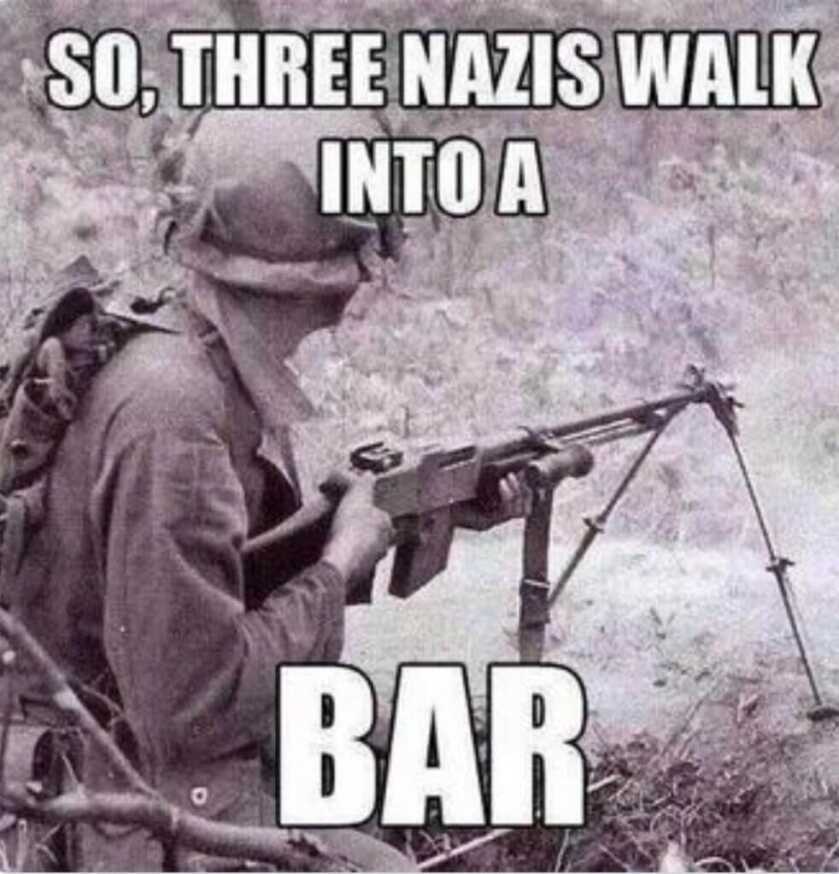
Estimated reading time: 12 minutes
Think back to the last time you were alone and frightened. We live in such a remarkably insulated society that many modern Americans have never felt the uniquely synergistic fear that comes from both isolation and peril. For me it occurred back in the 1970’s while I was rabbit hunting with my dad and a bunch of friends.
Table of contents
I was maybe ten and was packing a Remington autoloading 20-gauge. Given my young age I was posted in the middle of the skirmish line as the beagles tore up the countryside looking for bunnies. It was wintertime in the Mississippi Delta and cold by our standards. As we swept through the woods we came across a thick stand of cane.
Thinking back, I should have had sense enough to go around. However, I just opted to press through the thicket instead. By the time I finally worked my way to the other side, the entire group was gone. The Army had not yet taught me the fine art of terrain association, so I just picked a likely direction and moved out smartly. That was a mistake.

Lost and Cold
In short order, it was snowing, and I had no idea where I was. Disoriented and freezing in the middle of no place, I began to feel the icy grip of terror closing in. My unfettered imagination ran away with me, and every sordid wilderness survival story I had ever heard came flooding back into my mind.
Eventually, I happened upon an empty cabin. I briefly considered trying to shoot the power line down in the ridiculous hope that the power company might somehow notice. Then I thought of maybe blowing the door open to see if I could find any food. Along the way, I did a fair amount of passionate praying. Then I heard a shotgun in the distance. I pointed my Remington skyward and answered with a blast of my own. Half an hour later I was surrounded by the hunting party, and all was well. For that brief period, however, I was legit terrified.
With the benefit of hindsight I’d give myself a solid C. I didn’t panic, scream, or cry. Instead, I analyzed the situation and considered my options. I planned to use the available resources to give myself the best possible chance at survival. I suppose I did OK, though there was never any serious peril. They’d have found me eventually regardless. However, some three decades before, an Army PFC named Alton W. Knappenberger did so much better.
The Guy: “Knappie” Knappenberger
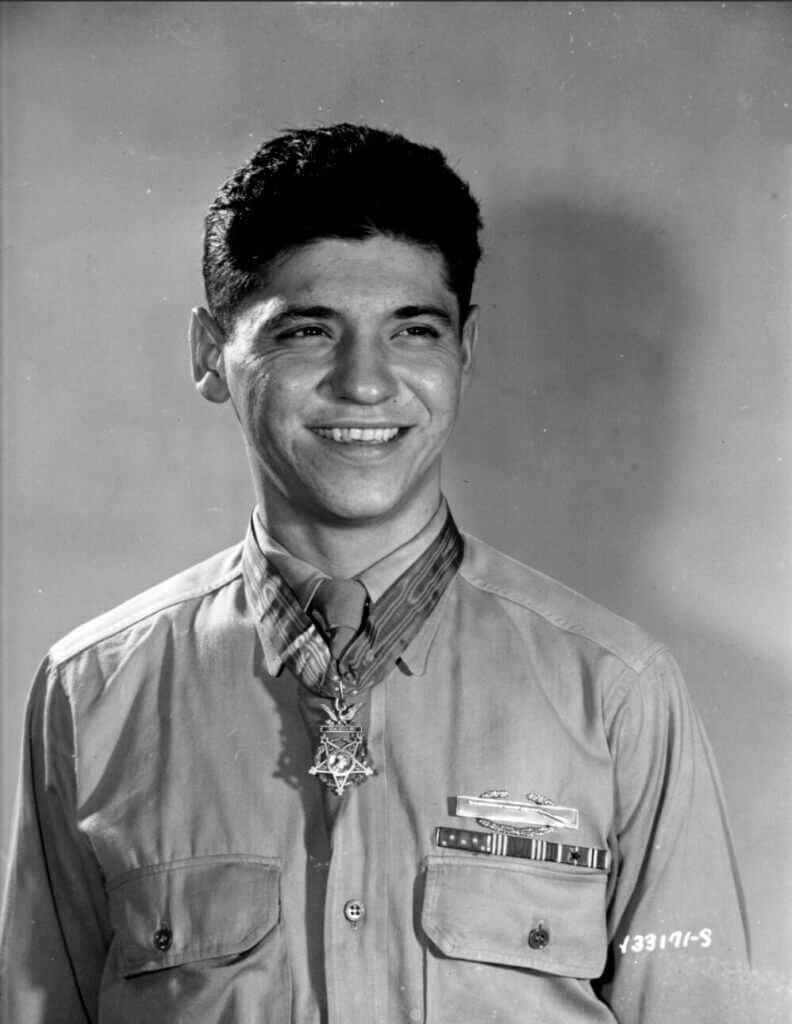
Alton W. “Knappie” Knappenberger was born in Cooperstown, PA, on the last day of 1923. He entered the US Army in March of 1943 in Spring Mount, Pennsylvania. Less than a year later, Knappenberger was a Private First Class assigned to the 30th Infantry Regiment, 3d Infantry Division slogging his way across the Italian peninsula. From our perspective in the Information Age, we know that the Allies were ultimately victorious and the Germans got spanked. However, at this time and in this place the end result was far from certain. During the Battle of Cisterna, we got our butts kicked.
The Battle of Cisterna was a subset of the overarching invasion of Anzio. Titled Operation Shingle, the amphibious assault on Anzio was a critical part of the learning process that eventually successfully took us to Normandy. Cisterna was also where we figured out how not to employ US Army Rangers. The hard lessons we learned held us in good stead across Europe and into the German heartland.
One Out of Many

Alton Knappenberger was just some guy, one of literally millions of American GIs who answered their nation’s call to go overseas and face down the forces of tyranny and oppression. However, PFC Knappenberger’s story is inexplicably tied to a unique weapon. Alton Knappenberger was a BAR man.
Grunts of the day spoke that term just as it sounds—“Barman.” By contrast, the weapon was referred to by its individual initials—“B…A…R.” Regardless of how you pronounced it, the Browning Automatic Rifle was a wonderful horrible gun.
The Weapon

The Browning Automatic Rifle was a First World War contrivance that was obsolete by the onset of WW2. However, the big gun soldiered on into Vietnam and was generally adored by the grunts who wielded it. John Browning designed the enormous weapon specifically to facilitate walking fire.
I was trained in the geriatric concept of walking fire when I first donned the uniform. The idea was that you would advance with your mates in line and fire a round from the hip every time a certain foot hit the ground. That’s great in theory, but it doesn’t work so well when facing dug-in, belt-fed MG08 Maxim guns. As a result, American grunts mostly just used the BAR like a man-portable machine gun.
Variety is the Spice of Life

The BAR came in three major variants. M1918 was the WW1 version, and it was just a big honking machine rifle without a bipod. The R75 Colt Monitor was essentially the same gun with a pistol grip, shortened barrel, and Cutts compensator made in very small numbers for the FBI as well as civilian consumption. CPT Frank Hamer’s posse used an R75 Colt Monitor to gun down Bonnie and Clyde on 23 May 1934. Here’s that story if you’re interested. The M1918A2 was the most common military version.
Outfitted with a clunky bipod and complex buttstock, the M1918A2 weighed a whopping 19 pounds and fed from a 20-round detachable box magazine. Many GIs, particularly those serving in the South Pacific, stripped their BARs down by removing the bipods, carrying handles, and flash hiders to make them as light and maneuverable as possible.
Trigger Time

Despite firing a .30-06/7.62x63mm cartridge the size of my index finger, the M1918A2 remains quite controllable from the prone, hip, and offhand firing positions. The gun offers a user-selectable rate of fire between 400 and 600 rounds per minute. However, at 43.7 inches long, this thing is an absolute beast to carry.
While humping the BAR was not for the faint of heart, the gun invariably became the tactical center of gravity in any close to mid-range infantry engagement. The reassuring chug of the BAR endeared confidence in ways that semiautomatic rifle fire just couldn’t. It also reliably tore stuff up downrange.
Tactical Details
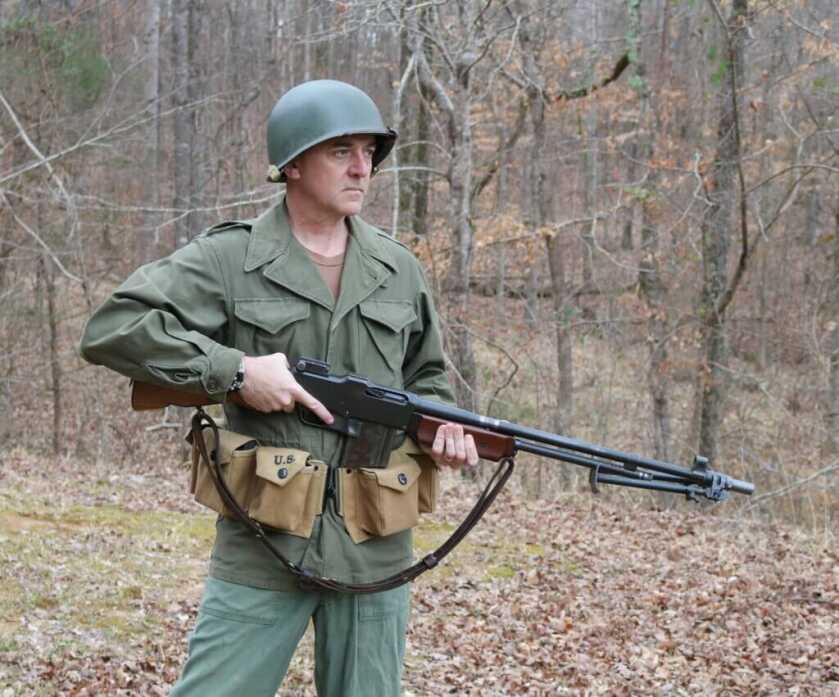
As I mentioned, the Battle of Cisterna was one we lost. On 1 February 1944, a concerted and powerful German counterattack splintered Knappenberger’s infantry battalion. Where many of his mates understandably fell back, Knappenberger pushed forward with his M1 onto a small rise with minimal cover. Along the way, he retrieved a Browning Automatic Rifle and ammunition from a dead comrade. This vantage gave him an excellent view of the surrounding area and a decent field of fire, but it left him woefully exposed. Suddenly an enemy machinegun team spotted him and opened fire from a distance of about 85 meters.
German belt-fed machine guns were rightfully respected. The MG34 and MG42 were reliable, portable, accurate, and fast. This crew chewed up Knappenberger’s position, snapping big 7.92mm rounds within six inches of his head. In response, Knappenberger rose to his knees, shouldered his spanking new BAR, and blew the German MG crew away, killing two and wounding the third.
It Gets Worse for Knappenberger
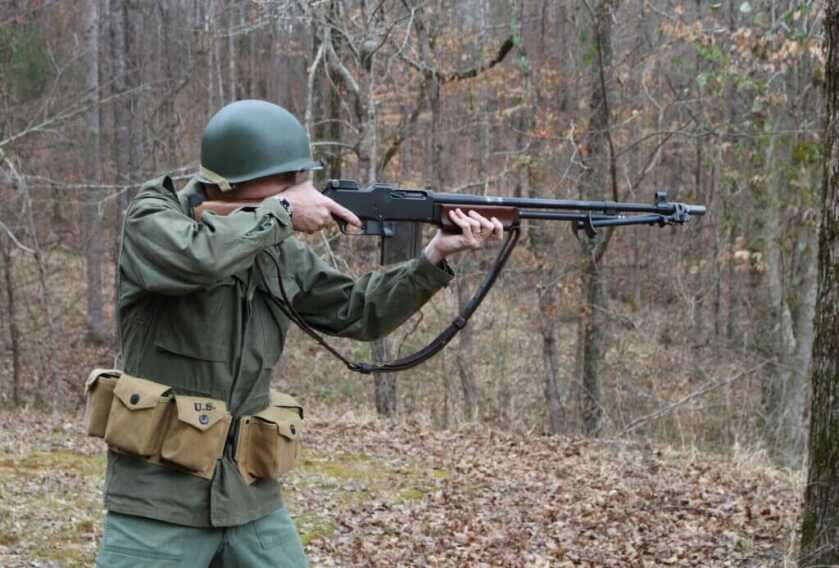
Taking advantage of the chaos, a pair of stalwart German Landsers crept to within 20 meters of Knappenberger’s position and threw a couple of potato masher grenades. However, in its simplest form, the German Stielhandgranate was an offensive grenade with a thin sheet steel casing. While it offered ample blast effect, actual shrapnel was minimal. Knappenberger successfully weathered the explosions, indexed his big auto rifle, and killed both of the German grenadiers with a single generous burst.
The BAR’s 20-round magazine capacity, along with its lack of a quick-change barrel, proved to be the limiting factors in the gun’s employment. Knappenberger swapped magazines as needed as targets bore. By now he was finding his stride.
READ MORE: Adam Johnson and his Fight-Ending Sniper Pistol
A second German belt-fed machinegun opened up from a range of roughly 100 meters. In response, Knappenberger laid his gun just as he had been trained and dispatched that crew as well. The surviving Germans then unlimbered a fast-firing 20mm antiaircraft gun. That’s when things went really sideways.
Next Level Chaos
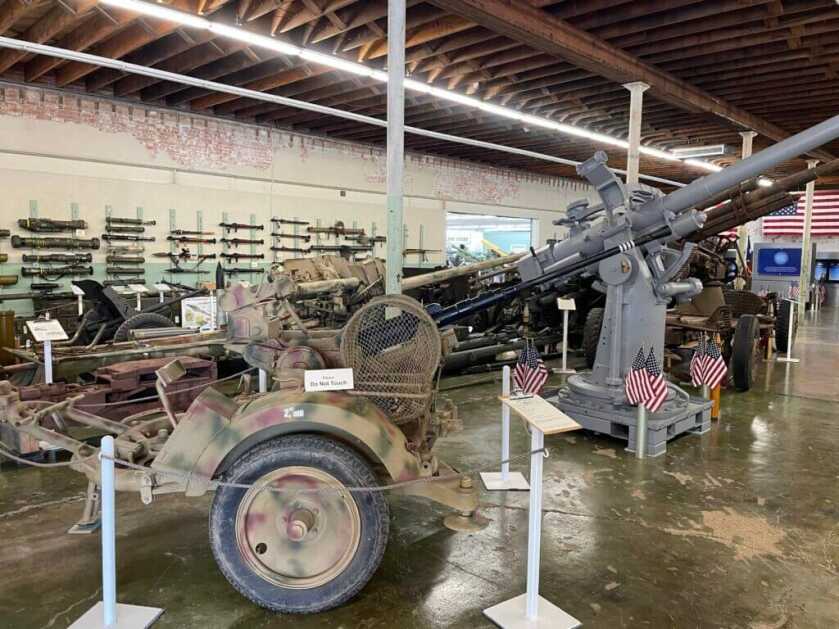
Those 20mm AA guns could be found in both single and quad mounts. The Flak-38 was the most common and fed its high explosive projectiles from a 20-round box magazine at a cyclic rate of 450 rpm. Such a weapon figured prominently in the epic climactic scene in Saving Private Ryan. I really cannot imagine facing such a meat chopper in action. However, Alton Knappenberger just drew a careful bead with his liberated BAR, and decrewed that gun as well.
By now the Germans were losing their sense of humor with this solitary grunt from Pennsylvania. They advanced on his position en masse armed with rifles and machine pistols supported by shellfire from both tanks and artillery. Every time one of these Germans stuck his head up, PFC Knappenberger just shot it off. Eventually, however, the intrepid young American grunt ran out of ammo.
Though the BAR fed from a 20-round box magazine and the M1 Garand used 8-round en bloc clips, the rounds were interchangeable between the two weapons. PFC Knappenberger crawled some fifteen yards under fire to reach a downed GI and relieve the man’s body of his M1 clips. He then kept up the fight until all available ammunition was consumed. Now defenseless, Knappenberger quietly slipped rearward to rejoin his battalion. He had singlehandedly stopped this concerted German counterattack for more than two hours.
Knappenberger’s Grand Finale

Knappenberger survived the war and came home with Staff Sergeant’s stripes on his arms and the Medal of Honor around his neck. He was one of only six from his original 200-man company not killed or wounded. Once home he eschewed social events organized in his honor, making his living driving an asphalt truck and running construction equipment while living humbly in a trailer.

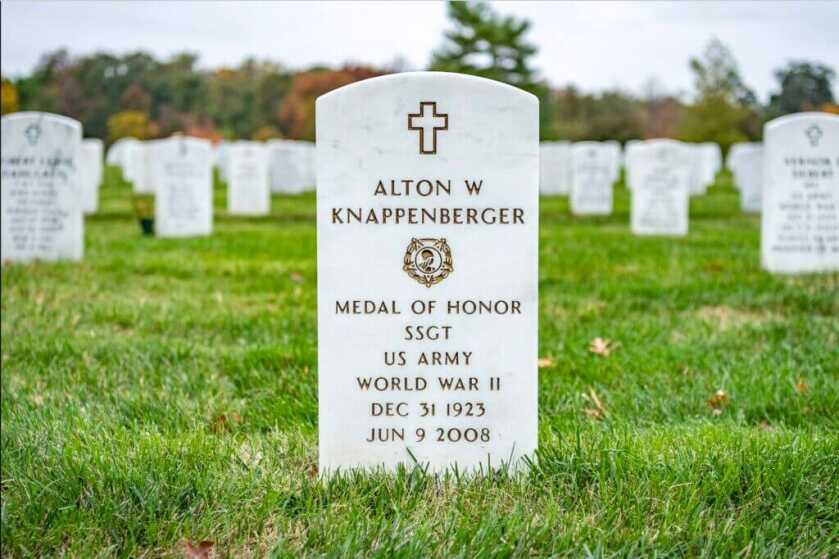
Knappie lived out the rest of his days quietly in Pennsylvania, eventually dying in Pottstown at the ripe age of 84. SSG Knappenberger ran that BAR like he owned it and then came home to make the world a better place. He was the absolute best of us.
*** Buy and Sell on GunsAmerica! ***


Weight and load out notwithstanding, the venerable ’06 did a simply fantastic job of removing an enemy combatant’s will to fight.
A great story about a great man who did his best.
“The R75 Colt Monitor was essentially the same gun with a pistol grip, shortened barrel, and Cutts compensator made in very small numbers for the FBI as well as civilian consumption. CPT Frank Hamer’s posse used an R75 Colt Monitor to gun down Bonnie and Clyde on 23 May 1934. ”
Guessing most folks here have seen the Netflix show, ‘The Highwaymen’. Just love the scene where he goes into the gunshop and buys his arsenal and all the ammo he could carry.
Another great story from Dr. Dabbs. I always look for his work first in reading GunsAmerica. keep it up Doctor.
How awesome to open my email from Guns America, only to find an article on my Great Uncle Huntz. We in the family called him Huntz, not Knappie.
Always read Dr. Dabbs first in any venue he shares his vast knowledge and way with words. This was another reminder of one of the brave yet humble men who fought for America. We today still have brave men and women who ‘stand the wall’ each day to protect our freedoms. Oh that our leaders today had their resolve.
Tv
One thing… Looking at the country, England, and Europe now we fought on the wrong side. Glad all the Americans, Brits, and Europeans died for this free, high-trust, crime free, moral society we have now…and the best politicians… But anyway…
Dang, as always a mighty fine history lesson.
“You know, Sunday April 21 2024 marks the 188th anniversary of the battle of San Jacinto.” I sure would be interested in reading your dissertation on the 18-20 minutes of hand to hand combat between 900-ish Texians and 1300-ish Mexican soldiers that won Texas it’s Independence.
As always an excellent piece by the renowned wordsmith Dr. Dabbs. Entertaining and worthy read! Than you!
Another great read…thank you for bringing this story to us. I still get choked up at seeing Arlington and other places the defenders of this country are laid to rest. Truly a debt that can never be repaid.
My father was a SSGT, 26th Division, 328th Regiment, Company K. He landed in Normandy on D-Day and fought through France , Belgium and Luxembourg into the Battle of the Bulge. He was awarded the Siver Star, Bronze Star and Purple Heart and medals. He did not speak much about his WWII experiences but I do remember him telling me that, as a sergeant, he carried a Thompson submachine, but always kept the Barman near him. An awesome weapon.